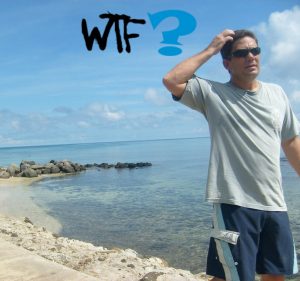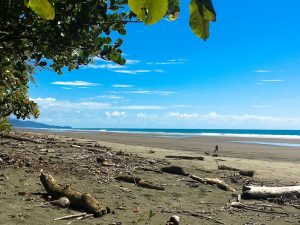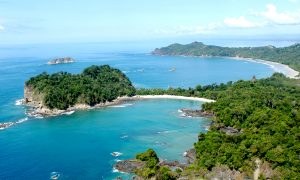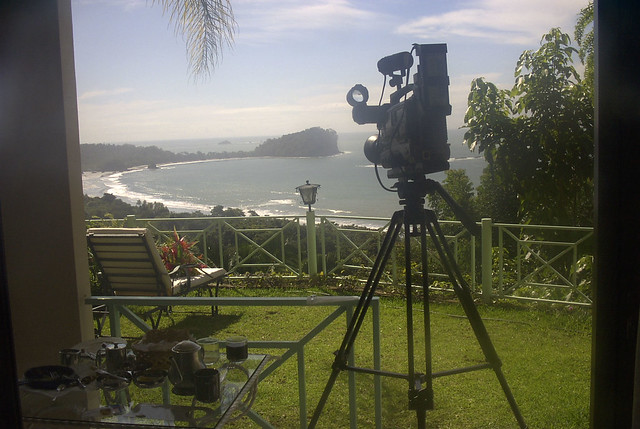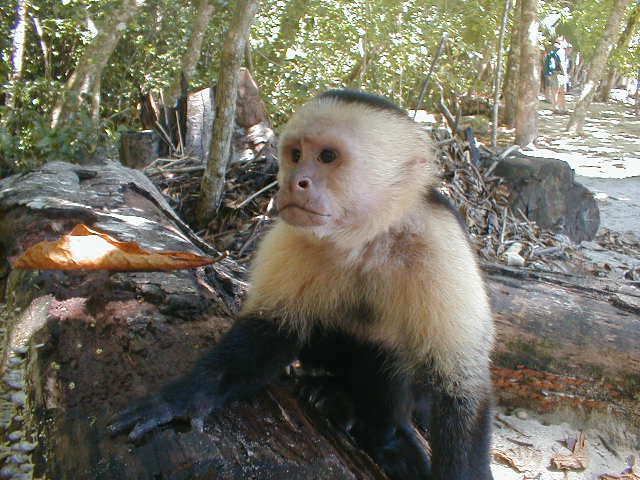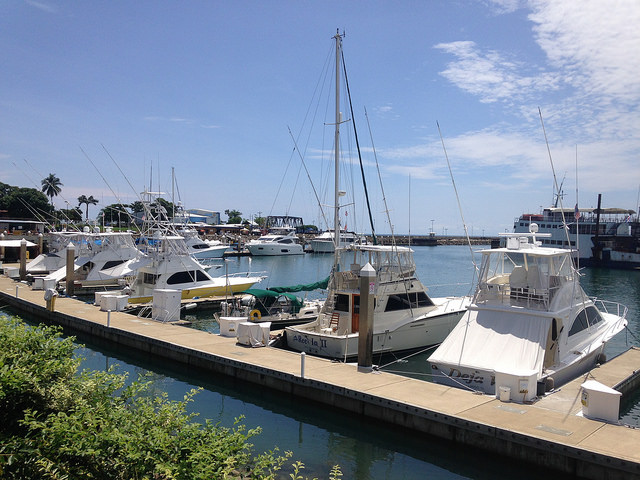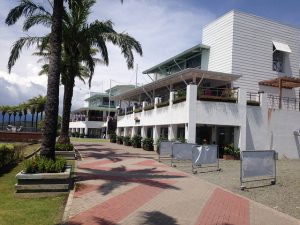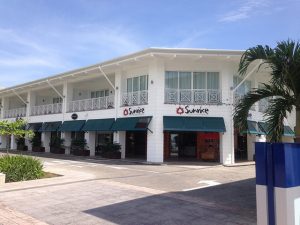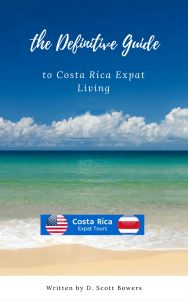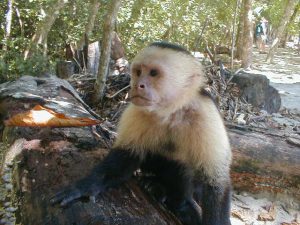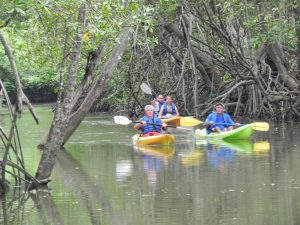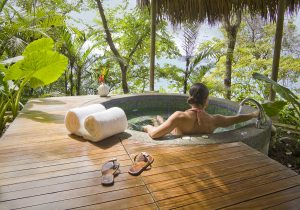As I write these words this the morning of the 20th of January, 2017, Donald J. Trump is preparing to take the oath and assume office as the 45th president of the United States.
Needless to say that I need to obey my own advice on opening the mind.
It’s impossible to begin anything new without dragging the past along with us. The freshly-minted expat will arrive in Costa Rica bright-eyed and bushy-tailed, but harboring preconceived notions about how things are supposed to work. Notions that were shaped and formed over many years spent in a world very different from the one he or she is about to enter.
This will become apparent rather quickly. You’ll notice it in those little language barriers you face when trying to order food in a restaurant, or get help in a store or bank, or simply past pleasantries with your tico neighbor.
And language won’t be the only place you’ll notice the difference. You’ll notice it in the ticos’ general attitudes about life and the time it occupies. You’ll notice that they have this “c’est la vie” style of getting along with life that is foreign to the American-style of “get’er done.” You’ll notice that in Costa Rica things get done…when they get done…and not a minute sooner. You’ll notice that if you push against that mindset, your efforts will be met with resistance at best and passive aggressiveness at worst.
Now, granted, all this will be irritating, it will get under your skin like a stubborn rash. If you itch it, the irritation will worsen.
So, what do you do? Well, you just don’t, that’s what.
First, open the mind to the fact that this is newly chartered territory for you. Try to remember back when you embraced new experiences, if you can. There was a time in all of our lives when the experience of something new, even though uncomfortable, was exhilarating and exciting. Splashing in a mud puddle was big fun back then, wasn’t it? That’s the attitude you have to dig deep in the recesses of those memory banks to find and resurrect as you face this new life as a Costa Rica expat.
All this will be uncomfortable at times. But it can certainly be a whole lot of fun too. That is, if and only if you keep an open mind.
In all seriousness, an open mind is a positive human trait in just about any circumstance of life. And that’s especially true with regard to one as momentous as pulling up roots and planting them in some foreign land.
Right now I am trying to keep an open mind about the presidency of Donald Trump. It’s damn hard I will readily admit. But closing the mind to all positive possibilities won’t serve me, now will it? By the same token, closing your mind to the “tico way” as just not being up to your American snuff won’t serve you either.
Oh and I must tell you that you are apt to encounter “closed minds” when it comes to certain tico attitudes about us gringos. Attitudes that paint us all as arrogant, materialistic and universally rich. Yes it does cut both ways. But remember, you are in their country and you can only control your attitude. If you ever feel a bit slighted as the victim of Latin American prejudice against gringos, rejoice in the experience. Now you know what it feels like for others. You’ve just had an empathy growth moment!
Bottom line is that you want to make the best of this new experience…correct? You want to be one of those expats who finds joy and happiness, rather than misery and defeat…correct? You certainly don’t want to be one of those who sits in a dark and grungy gringo bar for hours every gorgeous day complaining about the ticos, or, worse, one of those who heads back to the States with his or her tail tucked between the legs…right?
Well then, take my advice on keeping and open mind and just do it!
